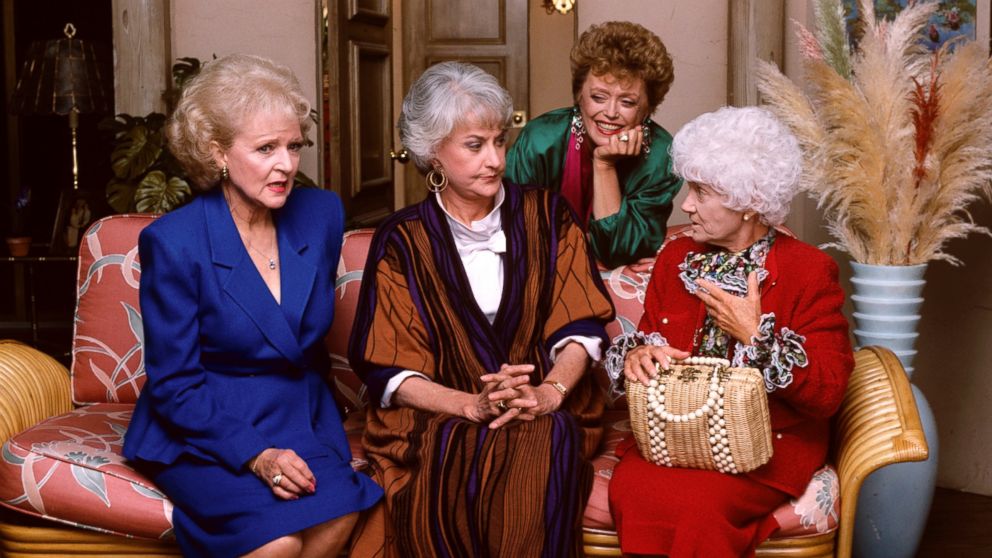Aging Baby Boomers Becoming the Roommate Generation
Aged 60 and living with a roommate? It's more common than you think.

May 4, 2014 -- There was Felix-and-Oscar. There were The Golden Girls. Such arrangements--adults living with adult roommates--are about to get less comic and more common, say experts on housing and on the aging of the Baby Boom.
One pair of roommates—Carol Loper, 69, and Gerry Venable, 74—recently was profiled on the front page of the L.A. Times. An executive of the non-profit agency that put the two of them together, tells ABC News she sees the number of such households growing.
Rachel Caraviello, vice president of Affordable Living for the Aging (ALA), says that nationally there are about 130,000 households where the cohabiters are aged 50 or older, and where they have no familial relationship or romantic connection.
Caraviello views these arrangements as one more manifestation of the “sharing economy”: Here, one party typically is house-rich but cash-poor; and the other has money or services to contribute.
Rodney Harrell, PhD, a specialist on housing with the AARP’s Public Policy Institute, tells ABC News the range of agreements struck can include one party’s helping the other with shopping, transportation, cooking or informal care-giving. He believes there will be more demand for roommate and other sharing programs as the Baby Boom ages.
Baby Boomers living longer, not healthier
By 2030, according to the Federal Administration on Aging, one out of every five Americans will be 65 or older. The sheer size of the Boomer cohort, says Harrell, plus its declared desire to age “in place,” rather than in a nursing home, means having a roommate will be what he calls a growing niche option. “Few do it now,” he tells ABC, “but more could, or would, if that option were made more easily available.”
Carol Loper admits that at age 69 she is just slightly too old to be a Baby Boomer. But she agrees with the view that her cohabitation with Venable is a prediction of things to come for many Boomers. People, she notes, are living longer. And the loss of a job or of a spouse can upset even a provident person’s best-laid plans.
She turned to ALA, she says, only with reluctance, because she liked living alone. But her Social Security income was just $850 a month. “How can you live on that?” she asks. “You can’t. Everybody has to do whatever they can do to survive.”
She’d never had a roommate before. Her friends, when she told them she was going to get one, told her they themselves would never do it. But her sharing her home with Venable, she says, has paid benefits that go beyond the rent money that he contributes ($625).
If she wants company, he’s there, she says. If she wants privacy, he’s good at keeping to himself. “When I go to sleep at night, I know there’s someone in the house.” That’s a major plus, she says: Some years ago, living alone, she fell and broke her shoulder. “I could have been on the floor for weeks—and that’s when I was younger.”
Falls also a problem for middle-aged with arthritis
Affordable Living is non-profit and charges clients nothing for its matching services. It thoroughly vets both the housing-provider and the housing-seeker. Caraviello says the review process includes a visit to the provider’s house, the getting of two personal references, and a cross-check of the potential housemates’ names against the national registry of sex offenders.
Loper says that level of due diligence was one of the facts that persuaded her to try living with a roommate. Asked what advice she has for other seniors thinking of sharing their home, she says to make sure the matching service performs an equally thorough background check.
Might there be a business opportunity here? For a for-profit company matching elderly roommates? Both Caraviello and Loper think not, and for the same reason: There’s not enough money in it, given that the clients would include many living on fixed incomes.
Caraviello says Affordable Living for the Aging is not alone in the matching service it provides. Some 60 other organizations with related services can be found via the National Shared Housing Resource Center.




